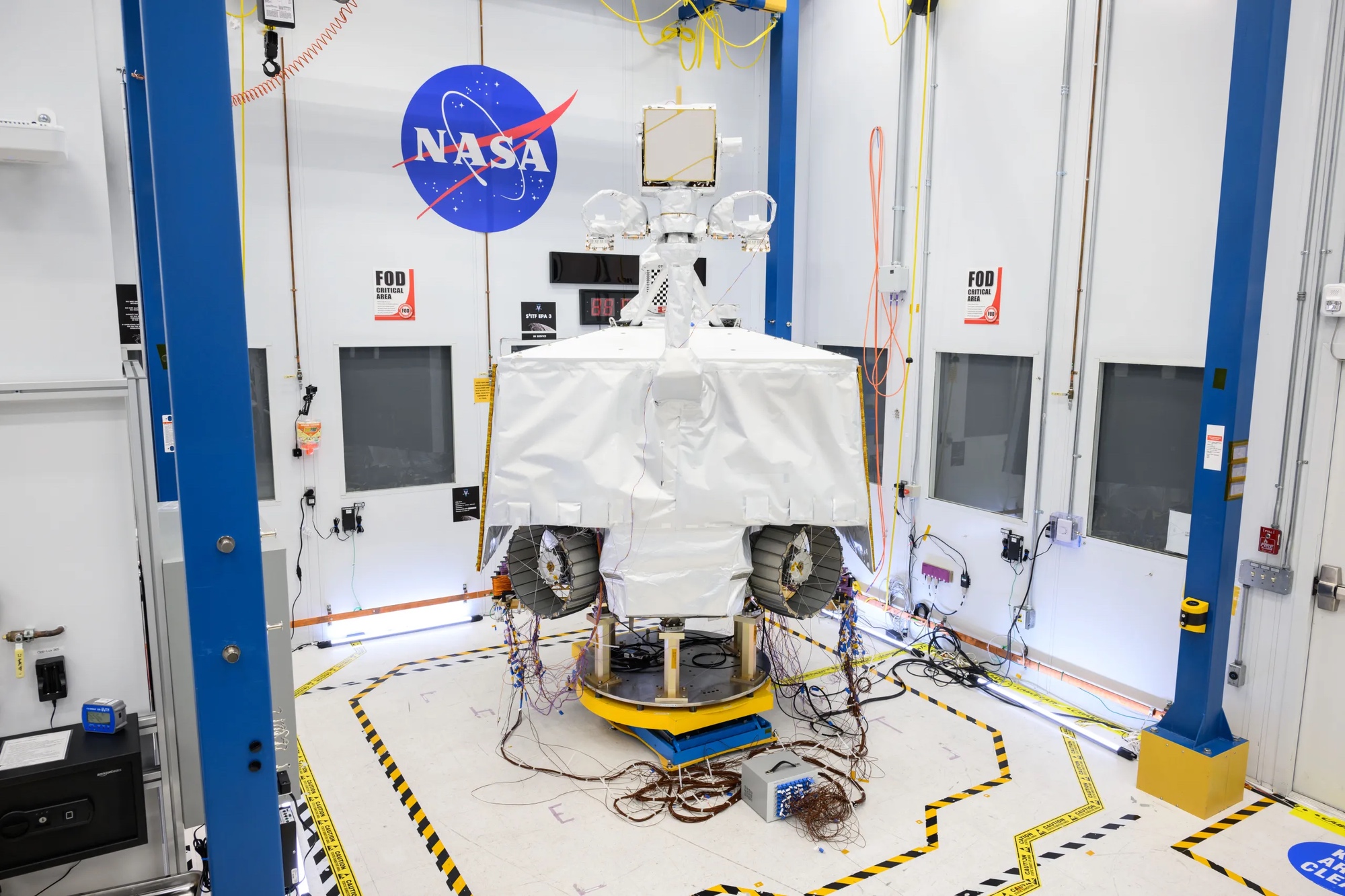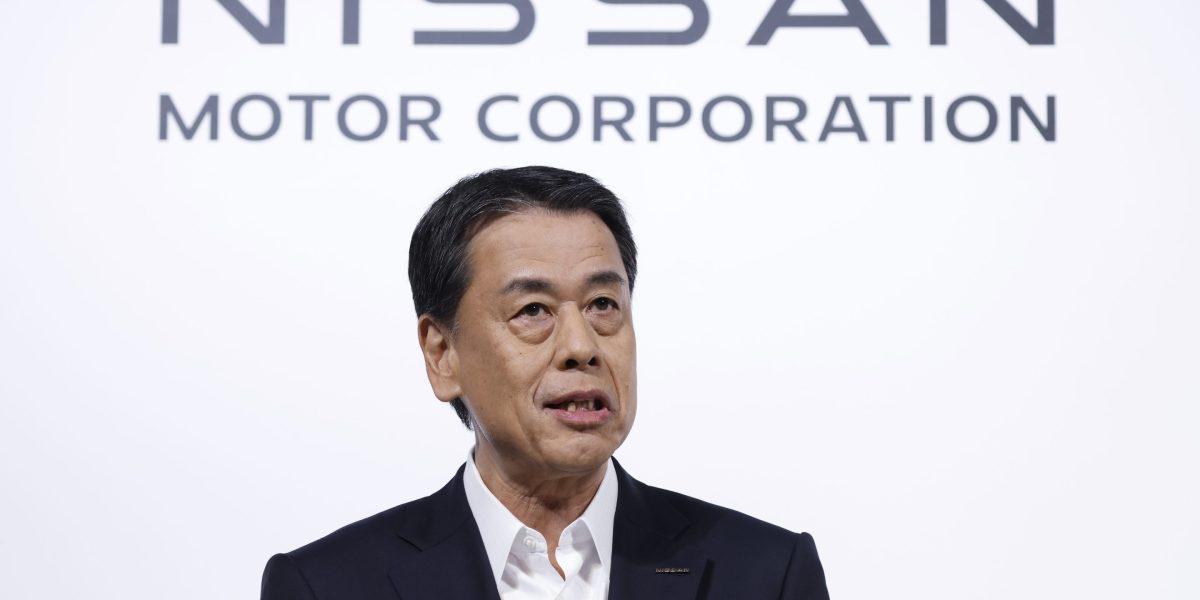Intuitive Machines Aims to Resuscitate NASA's VIPER Lunar Rover Mission

Intuitive Machines, a prominent player in the commercial space sector, has announced plans to form a consortium to take over NASA's cancelled Volatiles Investigating Polar Exploration Rover (VIPER) mission. The company, in a recent earnings call, revealed its intention to respond to a NASA Request for Information (RFI) seeking potential partners to revive the lunar rover project.
This move comes after NASA's decision in July to scrap VIPER, citing budgetary constraints. The agency estimated that cancelling the mission would save at least £67 million. However, Intuitive Machines, which previously expressed interest in VIPER, believes the mission's scientific value for lunar exploration and the Artemis program justifies its continuation.
Steve Altemus, Intuitive Machines' CEO, highlighted the significance of VIPER in prospecting for volatiles and water ice on the lunar surface. He confirmed that the company is collaborating with various organisations, including universities and international partners, to develop a compelling proposal for NASA.
The proposed revival would see Intuitive Machines shoulder the responsibility for final testing, lunar delivery, and ongoing operations of the rover. Notably, NASA's RFI indicates that the prospective partner would assume the financial burden associated with these activities.
Altemus emphasized that the company intends to utilise its larger Nova-D lander, currently under development, to transport the 500-kilogram VIPER to the lunar surface. This mission would generate revenue by leveraging the Nova-D's excess payload capacity, which can accommodate up to 1,500 kilograms.
Intuitive Machines' strategy involves offsetting the costs of the VIPER mission by commercialising the remaining payload space on the Nova-D lander. The company has set a deadline of 2 September for submitting its response to NASA's RFI, with a tentative launch date of late 2027. This timeframe differs from NASA's original launch schedule of September 2025.
While Intuitive Machines' efforts to resurrect VIPER are underway, NASA is simultaneously exploring international collaboration possibilities for the mission.
In other developments, Intuitive Machines reported a significant increase in revenue during the second quarter, exceeding £33 million. This growth was attributed to new projects, including a NASA engineering services contract and initial work on a Lunar Terrain Vehicle Services contract. However, the company also experienced an increase in operating losses, primarily due to "non-cash impacts" associated with modifications to its upcoming IM-2 and IM-3 lunar lander missions, both carrying payloads for NASA's Commercial Lunar Payload Services (CLPS) program.
These modifications, aimed at reducing schedule uncertainty, included finalising the landing site for the IM-2 mission. The chosen landing location, an elliptical region near the lunar south pole, offers favourable terrain, lighting, and communication capabilities.
Altemus stated that the IM-2 launch is now expected in December or early January 2024, a slight delay attributed to the landing site adjustments and the planned October launch of NASA's Europa Clipper mission. The IM-3 mission, meanwhile, will be delayed due to changes in NASA's payload delivery schedule, with a projected launch in October or November 2025.
Intuitive Machines is also eagerly anticipating the award of contracts for NASA's Near Space Network Services (NSNS) program, which aims to establish communication services for missions within two million kilometres of Earth. The company believes its expertise positions it well to secure these contracts, which are anticipated in August or September.
The success of Intuitive Machines' efforts to revive the VIPER mission and its involvement in other NASA initiatives underscore its growing role in the commercial space sector. As lunar exploration and development intensify, the company is poised to play a pivotal role in shaping the future of space exploration.





